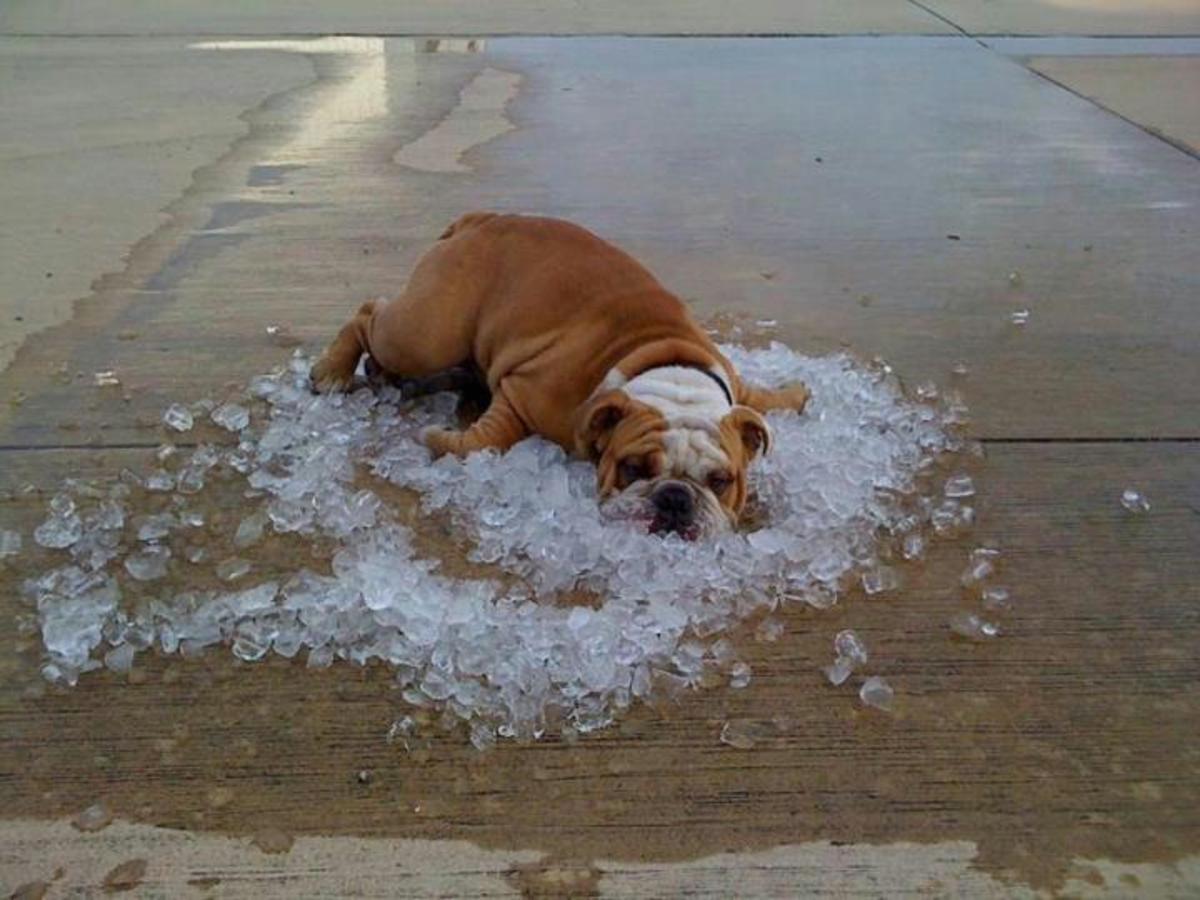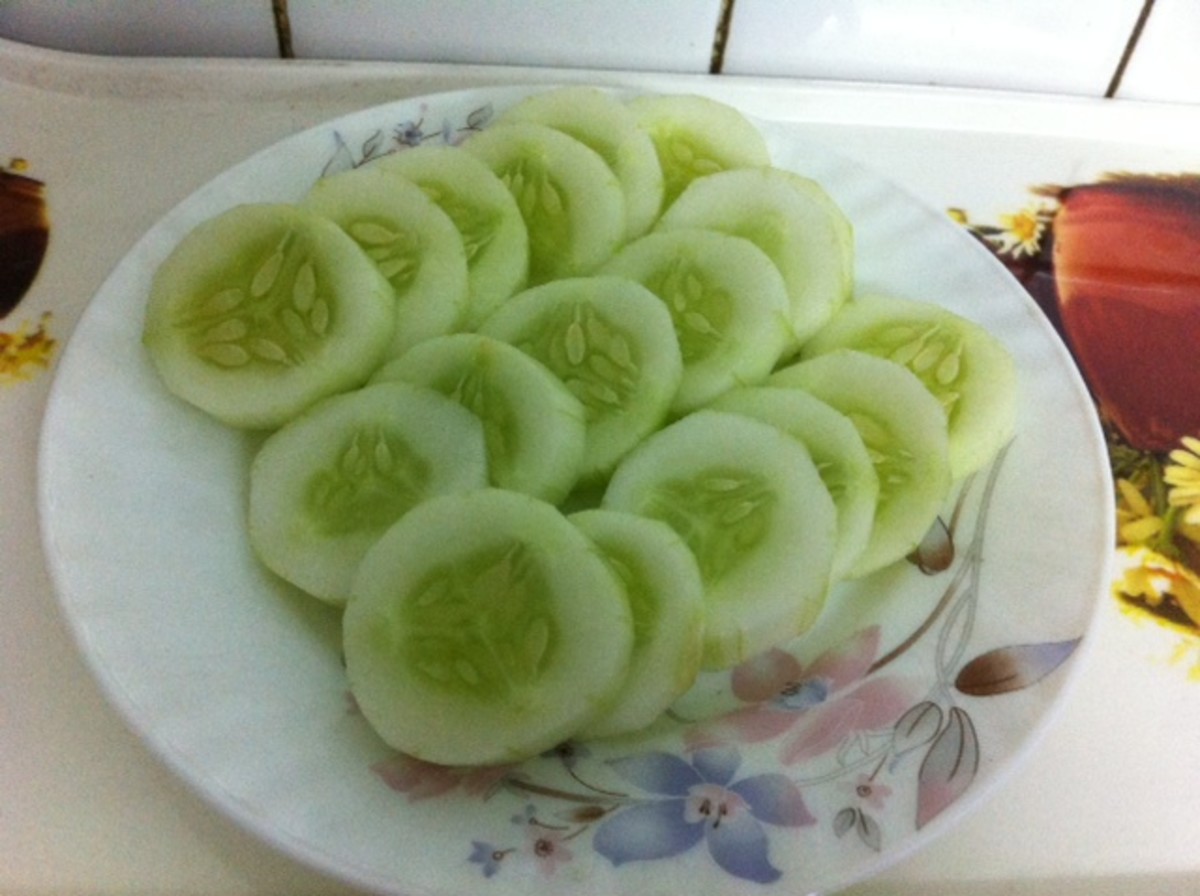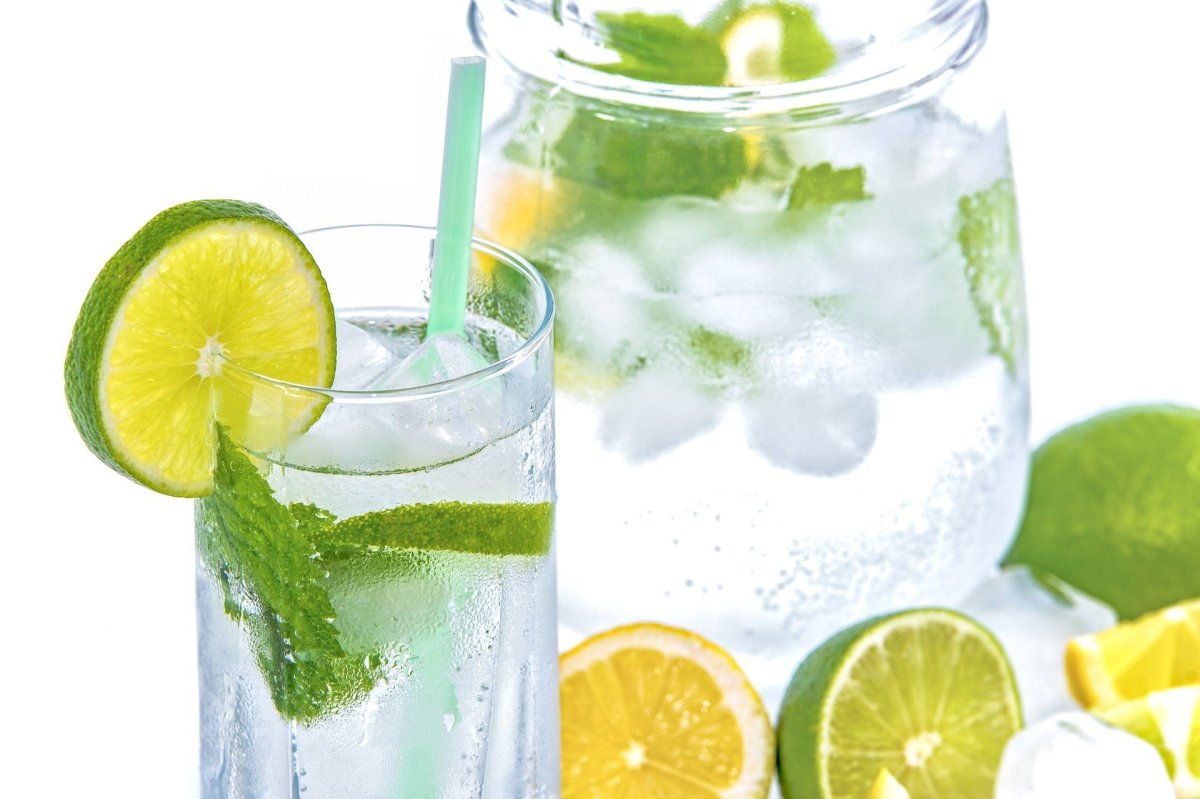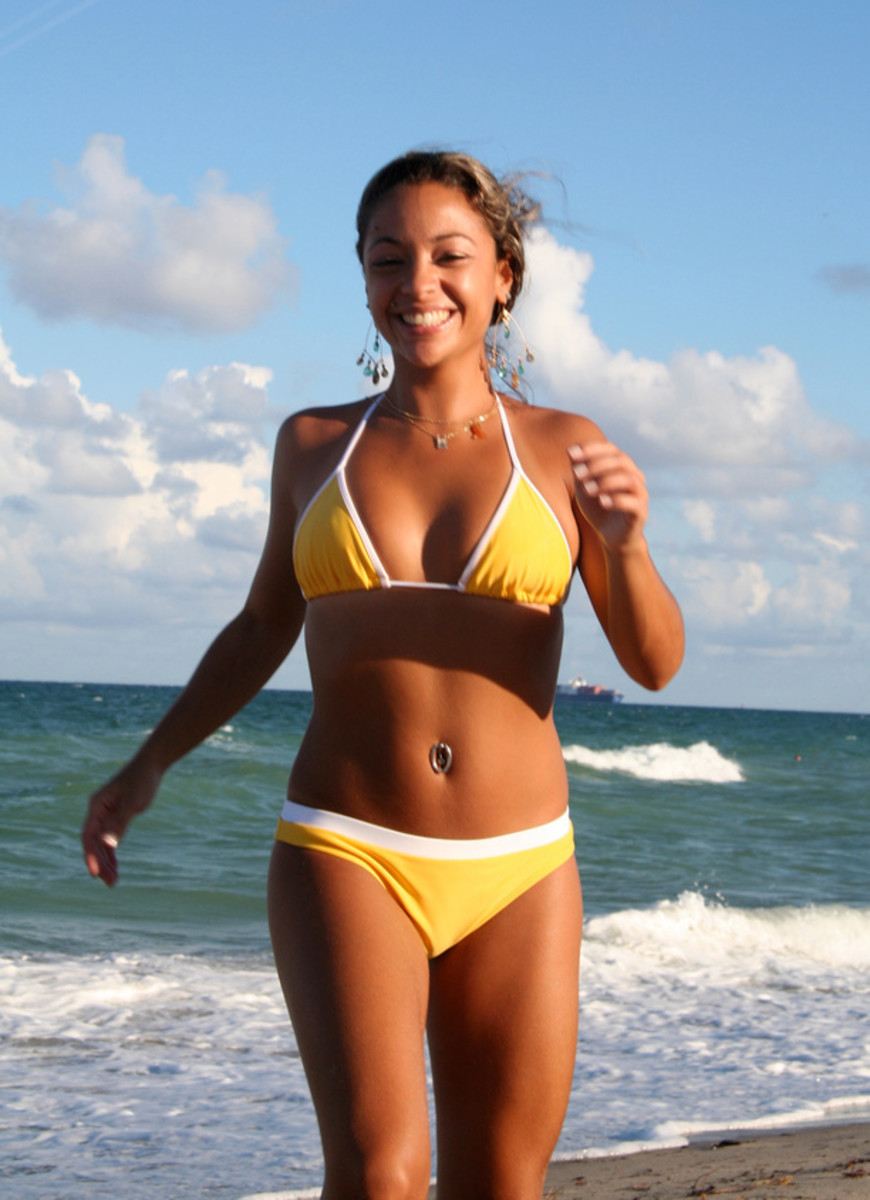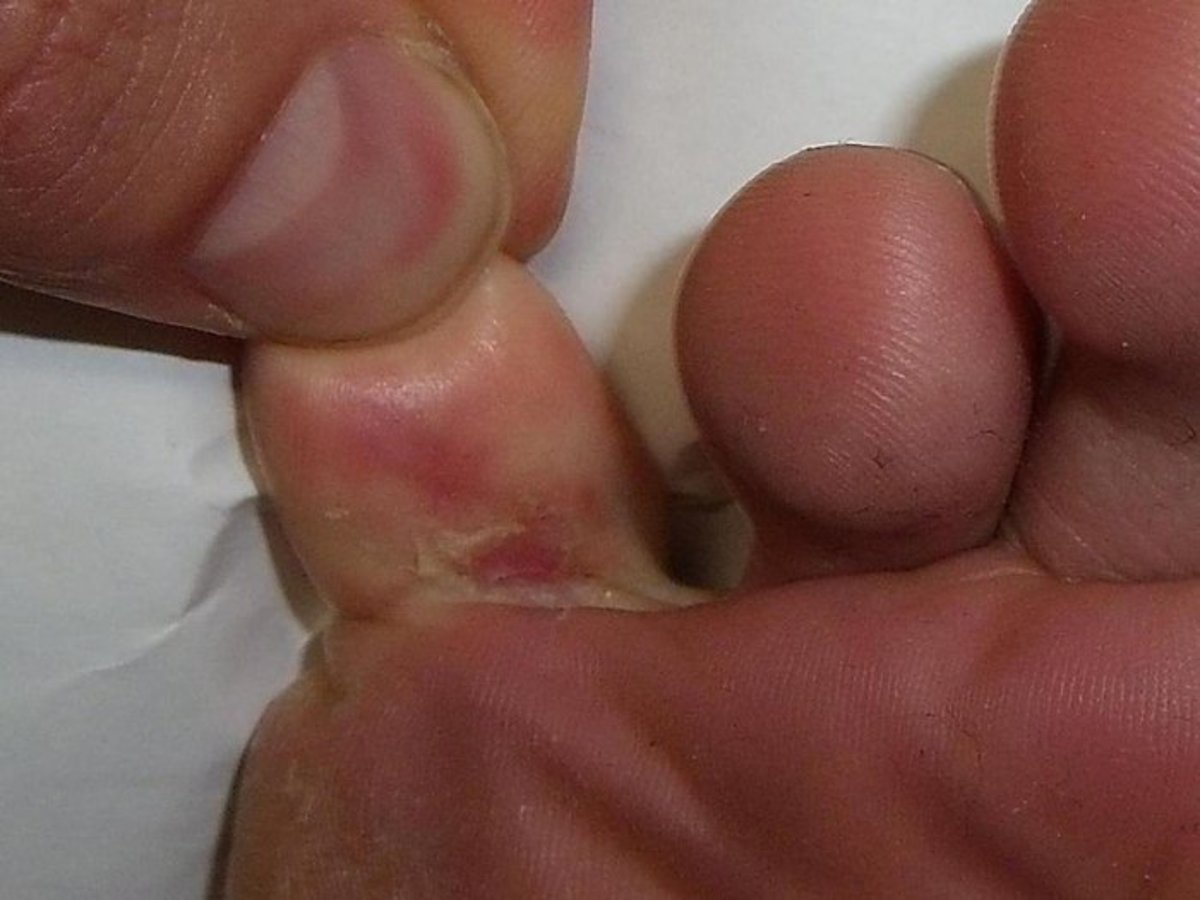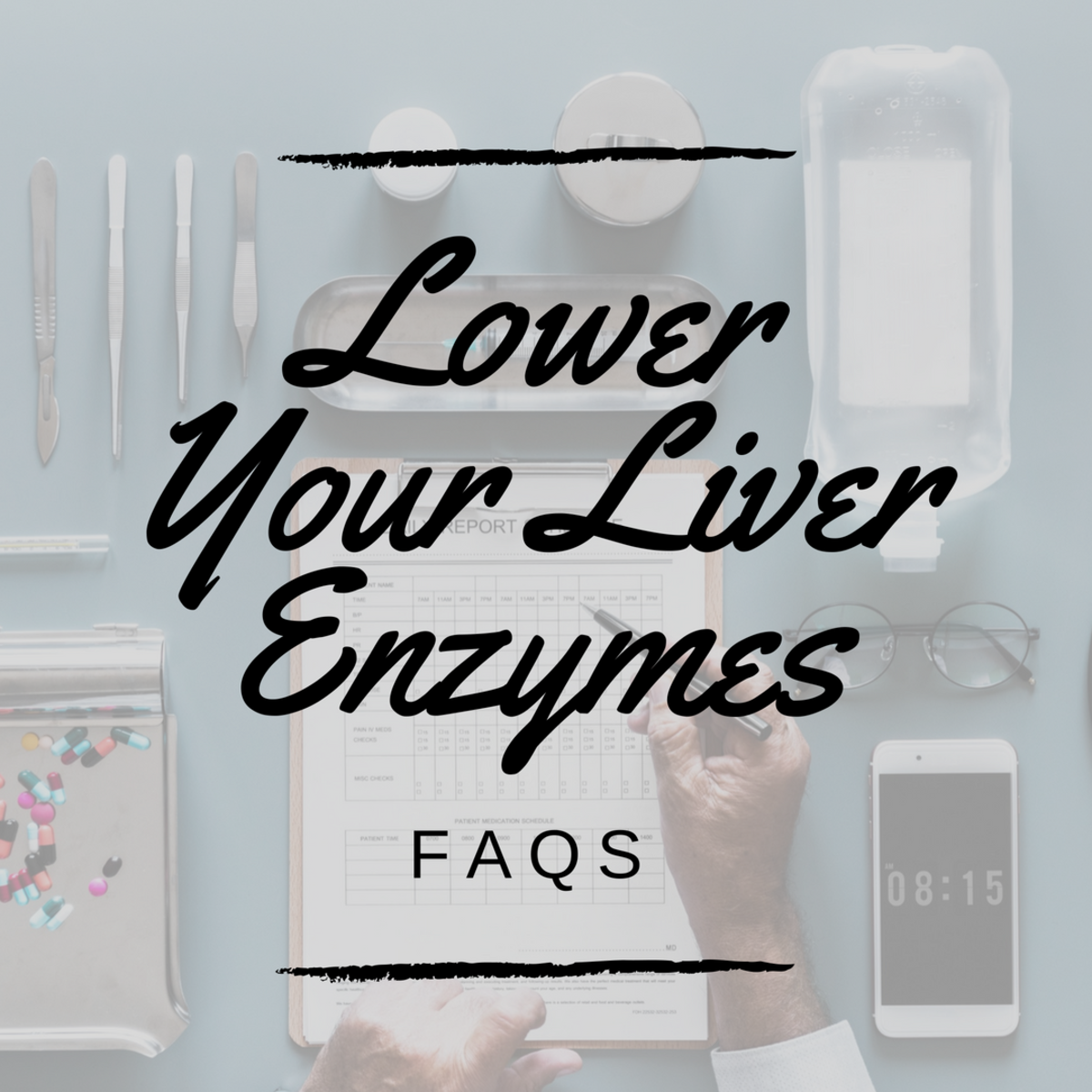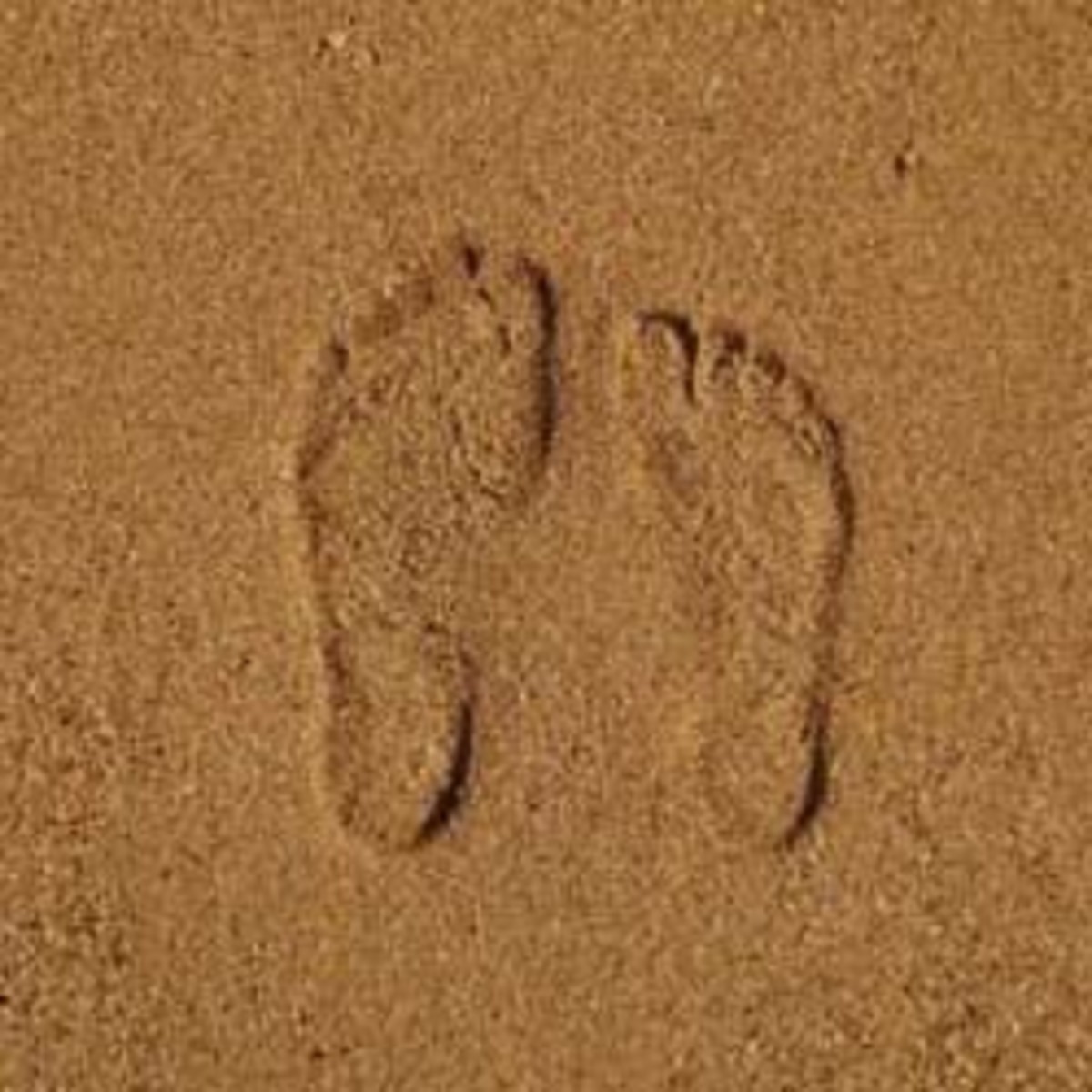Tips To Avoid Heat Exhaustion
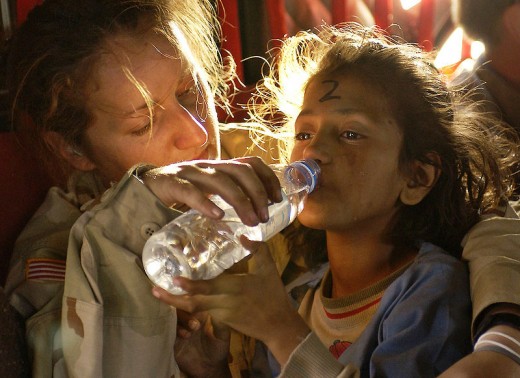
Avoiding A Heatstroke
Summer brings people outdoors. It's a fun time for everyone. However, danger awaits those who push themselves too far. Heat exhaustion is a condition which raises the body temperature due to loss of fluid. Nobody is immune to this danger. The hotter our bodies get, the more we sweat. If we perspire too much, our bodies start to run low on water.
Heat exhaustion is caused by dehydration. In extremely rare cases, loss of too much salt can cause heat exhaustion as well.
The first symptom of heat exhaustion is thirst, then loss of appetite, a headache, pallor, lightheadedness, feeling like you have the flu, possible nausea and vomiting. A person's heart may race and the ability to concentrate may be impaired.
It's imperative that you know the signs and how to avoid heat exhaustion.
What To Do To Minimize Your Risk:
Drink Water:
Drink water a little at a time to replenish your body's loss of fluids. Do not gulp the water. The person suffering from the symptoms may be quite thirsty but its important to drink it slowly. Unless water is completely unavailable do not give the victim sodas or other liquids. Water is nature's thirst quencher and also a life saver!
Get Out Of The Sun Immediately:
This is a no brainer but nonetheless critical. If the person suffering from heat exhaustion isn't taken away from the heat source their body temperature could continue to rise, even though the person may be drinking water and resting. Even after a person has overcome the symptoms of heat exhaustion, returning to the sun, even several hours later, can cause a relapse.
Don't Smoke:
Smoking constricts blood vessels and henders the body's ability to acclimate heat.
Eat Fruits and Veggies:
Fruits and vegetables have a large content of water and salt.
Avoid Alcohol:
Alcoholic beverages speeds up dehydration. During heat exhaustion this is not wanted nor needed. So stay away from anything containing alcohol. So remember when drinking alcoholic beverages, do so in the comfort of your home or indoors where it's cooler. Never drink outside in the heat of the day!
Avoid Caffeine
Caffeine also speeds up dehydration. It can also make you perspire more and perspiring more will only add to the state of dehydration. So remember no coffee or soda during extremely hot days.
Go Slow:
When it's extremely hot outside go slower than usual. Nobody should push themselves too hard during the hotter times of the season. If you are practicing for a sport it's important to do so in the early morning hours or later in the afternoon. Never do rigorous activities in the hottest part of the day!
Adjust Slowly:
The best thing a person can do to avoid heat exhaustion is to acclimate slowly into the hotter days of summer. Never go straight into the heat without allowing your body time to adjust. Start early in the warmer season when it's just starting to warm up a little and allow yoru body time each day to adjust to the heat of the outdoors. Go slowly and add to it each day.
Wear a Hat:
Wear a wide brimmed hat that shades your entire neck. Be sure the hat is ventilated and allows air to flow. Remember the blood vessels in your neck and head are very close to the surface of the skin, which causes a person to gain or lose heat very quickly in that area. Also keep in mind that people who are bald or balding are even more sensitive.
Early and Late:
If you have work outside to do, then do it in the early morning hours when it's cooler or later in the evening. Never procrastinate work until it's hot outside! Remember the early bird gets the worm and saves himself a heat exhaustion!
Guys Wear A Shirt!
Believe it or not males who go without a shirt will pick up more heat than someone who wears a shirt. Also once a person starts to sweat, a shirt acts as a cooling device when the wind blows. So remember, always wear a shirt.
The Color Counts
Wear light colored clothes. Lighter colors reflect heat. Darker color clothes absorb heat.
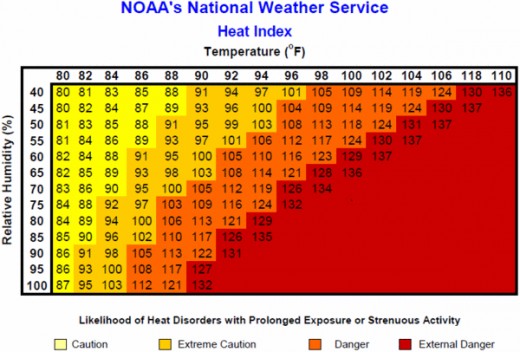
Temperature Zone
| Level of Danger
| Result
|
|---|---|---|
80 - 90 Degrees F
| Caution
| Fatigue is a possibility with prolonged exposure and activity. Continuing activity could result in heat cramps
|
90 - 105 Degrees F
| Extreme Caution
| Heat cramps and heat exhaustion are possible. Continued activity could result in heat stroke.
|
105 - 130 Degrees F
| Danger
| Heat cramps and heat exhaustion are likely. Heat stroke is probable with continued activity.
|
130 Degrees +
| Extreme Danger
| Heat stroke is immenent.
|

